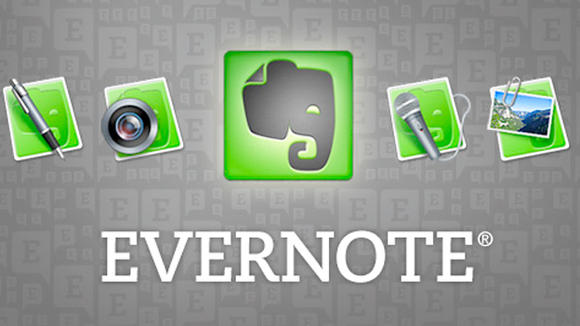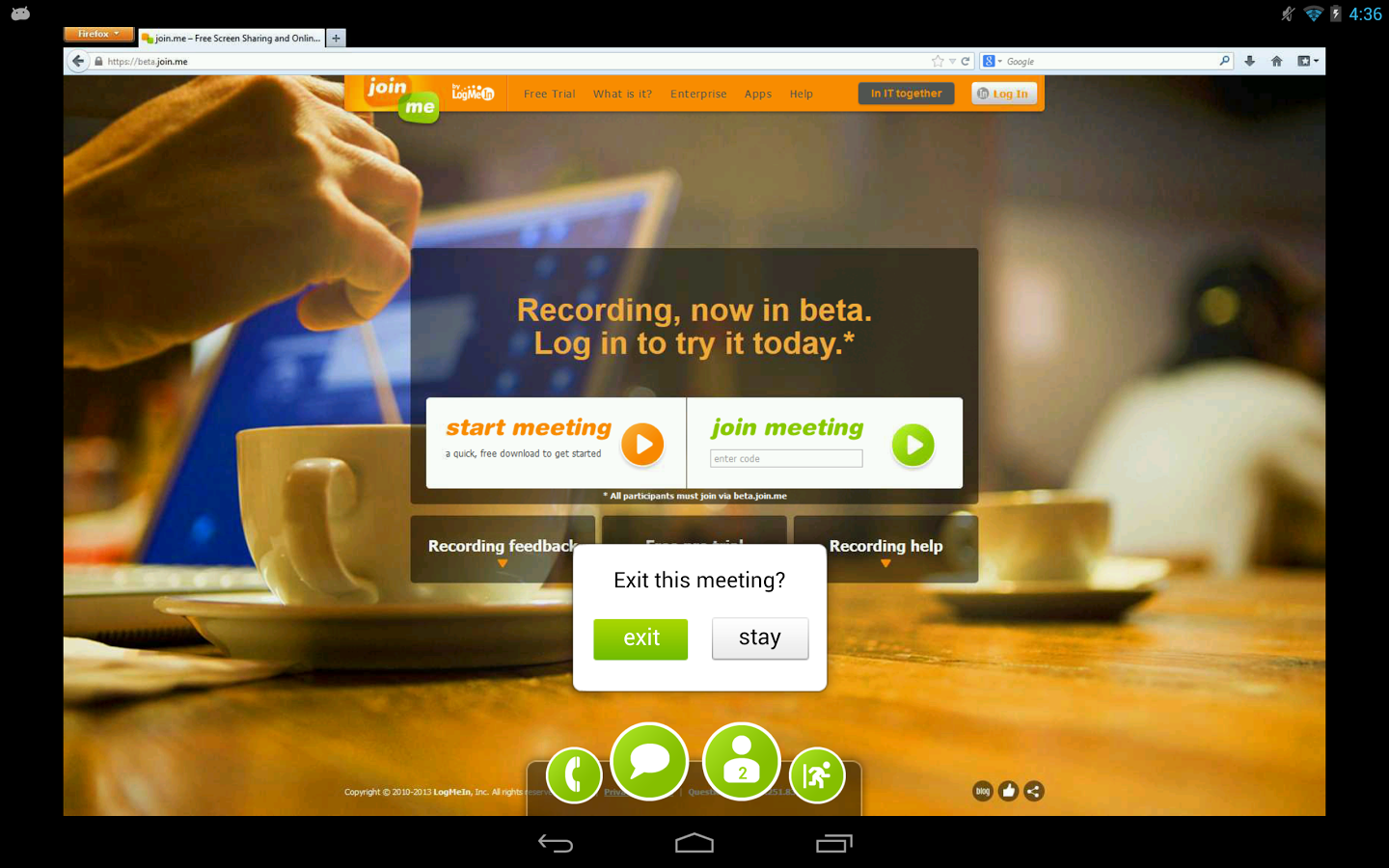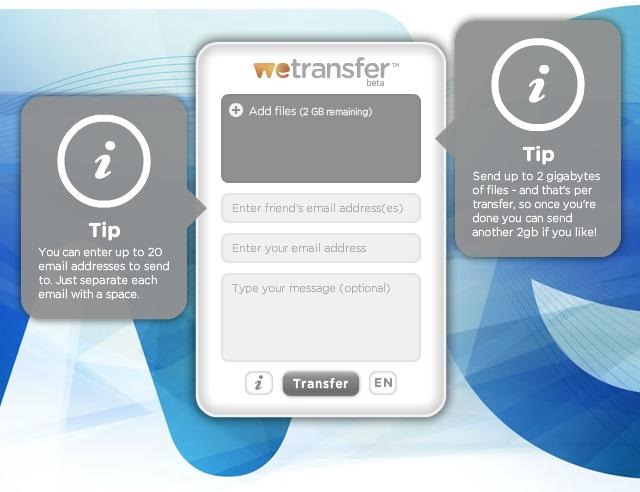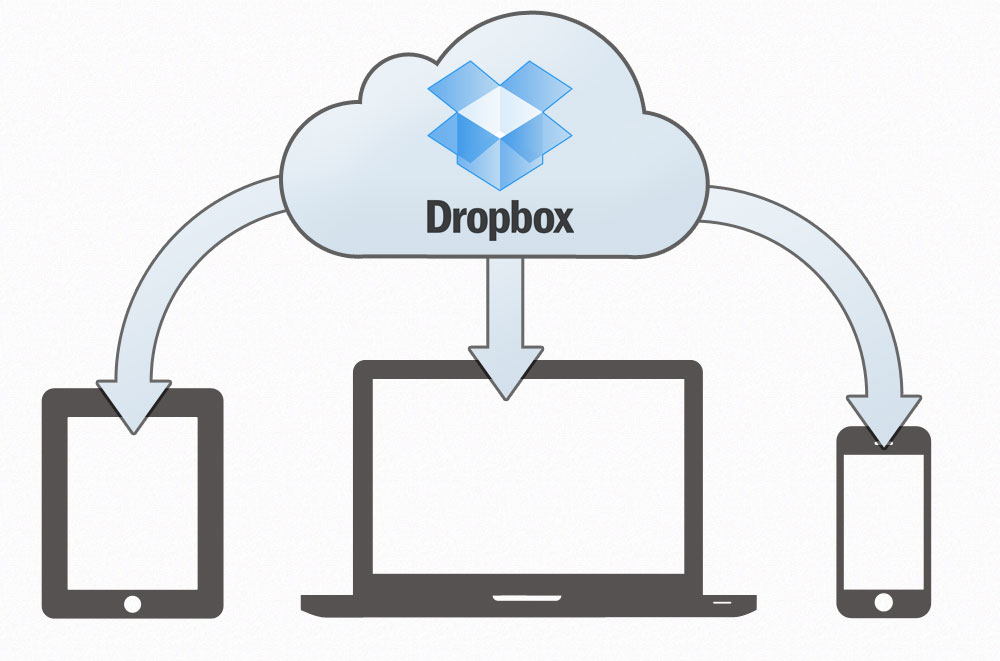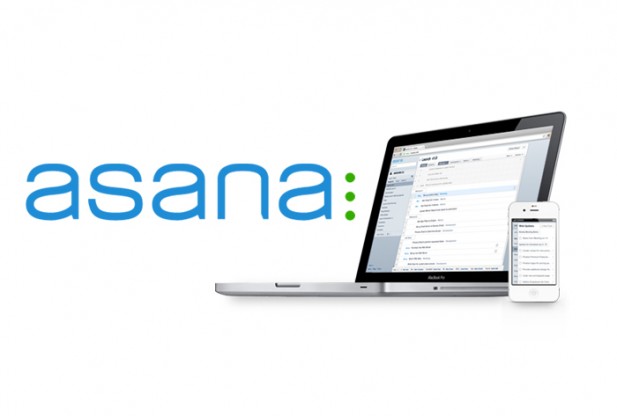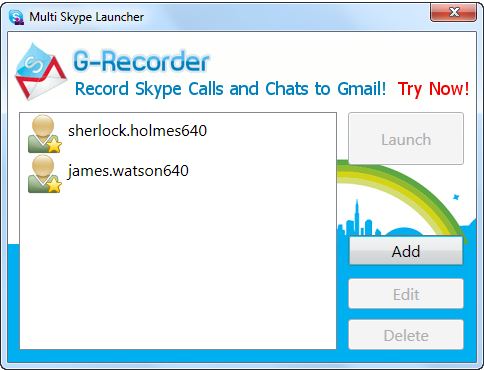This time I’m going to deviate from the usual topic of marketing for Chinese market and share my experience with the the online productivity tools that I find particularly useful in my day-to-day life, be it for business or personal projects.
I’m often having a hard time remembering how I was getting by before discovering those amazing tools that increased my productivity by at least ten fold, if not by more.
Here is the list of six online productivity tools that I simply can’t live without:
Evernote (https://evernote.com/)
For those who haven’t discovered this amazing tool yet, Evernote is a cloud note taking app that synchronizes your notes across multiple devices via cloud. Evernote has also greatly expanded the very definition of a “note”, which can be quite anything, from a regular text memo or a photo to a voice record or any file as an attachment to a note.
Notes can be tagged and saved in different Notebooks, such as one for business, one for personal records, one for name cards, one for travel info etc. Notes can also be shared with others, even with those who don’t use Evernote. You can set reminders to specific notes, like a “to do” task for example.
Notes taken with a mobile device will automatically store the location and you could even access them through a map.
Evernote is free but the paid subscription allows for more storage space and more sharing options. In addition, there are 3rd party plugins for Evernote enhancing its original functionality, such as name card OCR app, a note taking app geared for foodies etc.
Join.me (https://www.join.me/)
Join.me is the online tool for sharing your screen for the purposes of remote presentation or collaboration on a document. If you are familiar with Cisco’s Webex, than Join.me does basically the same but without the Webex’s chunkiness and complexity.
There are no programs that you need to install and no extensions to browsers. All you need is to sign up for a free account and send a link to people you want to share your screen with. The link could be as simple as join.me/myName and it stays associated with your account as long as it remains active.
Join.me is mainly geared for desktop sharing but there are also mobile apps. If you want to share audio as well, a small program has to be installed on your computer.
The basic version is free but the paid subscription enables a few more options. For the moment, I find the free one quite enough but I wouldn’t mind to pay a bit extra for more functionality. Then I’ll be ready to bid my final farewell to Webex.
WeTransfer (https://www.wetransfer.com/)
Ever scratched you head about emailing a large file without having to upload it to an online storage to get a shareable link? WeTransfer is a hassle-free answer to that dilemma!
Besides the fact that it’s free, what I really love about WeTransfer is the simplicity – go to WeTransfer.com, attach your file via a widget that shows up in your browser, enter the recipient’s email address, type in a message to go along and hit “transfer”!
WeTransfer will upload the file (which can be up to 10GB in size in the latest version!) to a cloud server and send a link to your recipient/s. Once your message is received, the recipient simply clicks the link and is taken to browser window to start the download.
Another amazing aspect of WeTransfer is their revenue model which is based on both advertising and paid account subscription. If you use a free account, your recipient will have to see a full screen ad in their browser for as long as it takes to download the file. If you subscribe to WeTransfer Plus (the paid subscription), you can choose to display your own corporate graphics to whoever downloads the file – great idea for branding!
Dropbox (https://www.dropbox.com/)
Dropbox, along with Box.net, is a cloud storage solution that enables keeping your important files on the cloud, synchronize them across different machines and mobile devices, combined with the ability to share files with others via secure or public links.
One of the great advantages of using cloud storage is the ability of have access to all of your files on the go, such as from a smartphone, and from anywhere with the internet connection.
I personally find Dropbox slightly more user friendly than Box.net but have experienced some problems running it on Mac. A free version gives you 2GB of storage space that can be further increased to up to 8GB by having your friends signing up for the service.
Paid subscription of only $9 a month provides a whopping 1TB of storage, enough for most users to store the content of an entire computer safely online.
Unfortunately, in China where I’m based, access to Dropbox and Box.net is currently blocked, so I have to run my VPN service (by Astrill) in order to sync the files.
Asana (https://asana.com/)
Asana is essentially a task management tool geared towards project management by teams. Although, it doesn’t have a complex functionality of MS Project or other advanced dedicated project management software, Asana excels at keeping track on tasks and tie them up to a project, a team and an individual member.
As a team project management tool, Asana wouldn’t be able to analyze project trade-offs, calculate budget variables or compute project’s critical path. Instead, it focuses on having all of your project tasks in one place for all the team members to see and collaborate on, tracking the progress and having reminders and notifications sent to all the relevant people.
There is a single aspect of every project, big or small, that ultimately determines its success of failure and it is communication. Asana makes it ridiculously easy to accomplish: every project member, who is plugged to Asana, will instantly see his or her tasks, their progress, deadlines and statuses.
Running Asana apps on mobile devices ensures that everyone on your team is up to date on the latest project development and is reminded when a new task is assigned, changed or completed.
Although there is no limit on the type of projects that can be managed with Asana, I find it most efficient for running relatively small projects in teams of 5-10 people for a duration of 1-2 months.
Asana basic account provides most features but premium membership allows more functionality and collaboration options.
MultiSkype Launcher + Skype (http://multi-skype-launcher.com/)
Unless you’ve been living on Mars for the last 10 years, you probably have a pretty good idea about what Skype is what it does. However, one of its limitations is the fact that you can only keep one Skype account open at the same time on a single machine. If you are like me, and would like to be able to have multiple accounts running simultaneously, than MultiSkype Launcher allows to do just that.
There is no limit of how many Skype applications you can have running at the same time. I personally use three different accounts and managing them with the Launcher is a breeze.
This little know gem is also absolutely free but is, unfortunately, only available for Windows at the moment.


